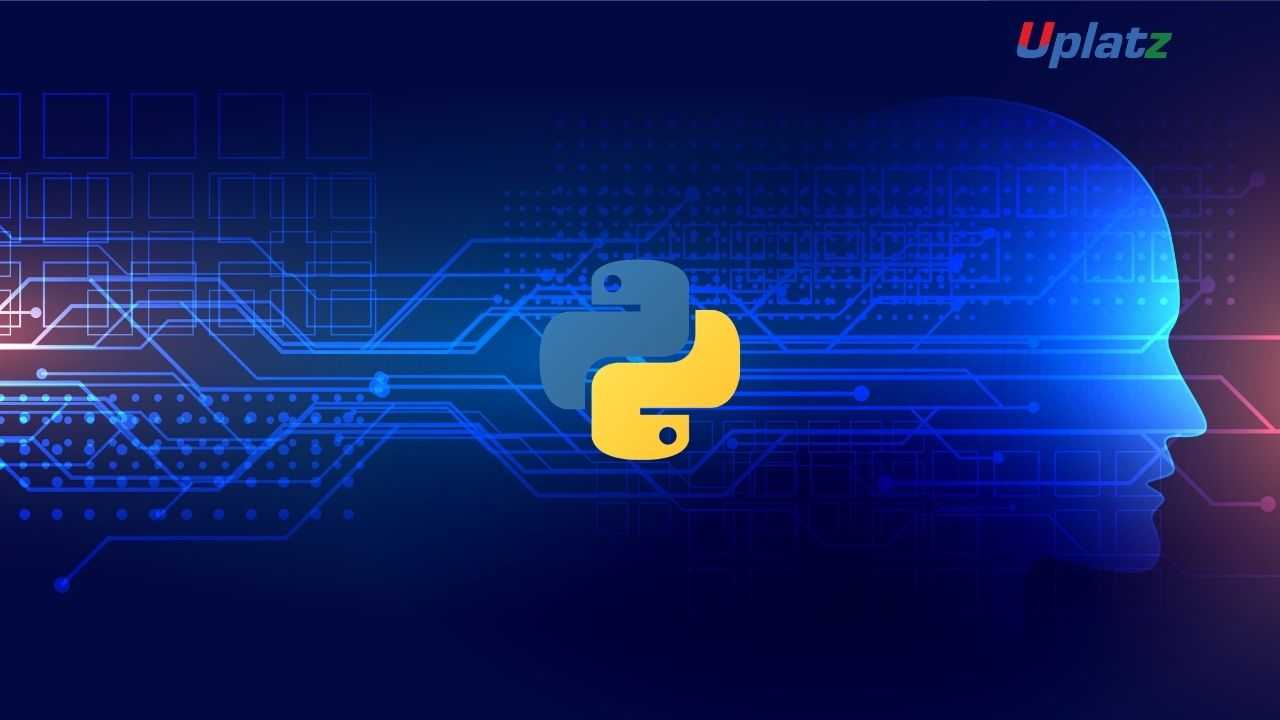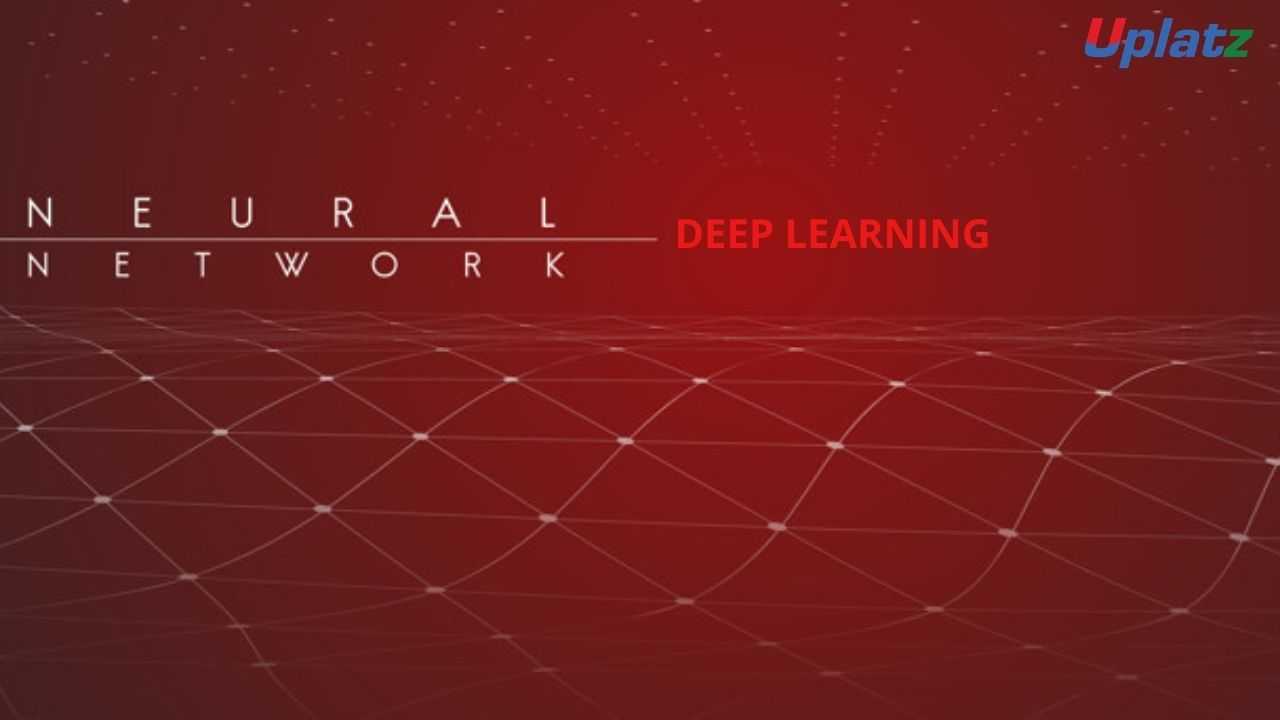Weights & Biases
Master Experiment Tracking, Model Monitoring, and Collaboration with Weights & Biases (W&B)Preview Weights & Biases course
Price Match Guarantee Full Lifetime Access Access on any Device Technical Support Secure Checkout Course Completion Certificate 96% Started a new career
BUY THIS COURSE (
96% Started a new career
BUY THIS COURSE (GBP 12 GBP 29 )-
 86% Got a pay increase and promotion
86% Got a pay increase and promotion
Students also bought -
-

- Machine Learning (basic to advanced)
- 65 Hours
- GBP 12
- 4543 Learners
-

- Machine Learning with Python
- 25 Hours
- GBP 12
- 3518 Learners
-

- Deep Learning Foundation
- 10 Hours
- GBP 12
- 1061 Learners

-
Log and visualize your training experiments in real-time
-
Compare model performance across runs using interactive dashboards
-
Track hyperparameters, gradients, weights, and losses
-
Version datasets and label changes over time
-
Build collaborative reports with visualizations and summaries
-
Automate model tracking within Jupyter Notebooks and pipelines
-
A CNN classification tracker comparing multiple architectures
-
A hyperparameter sweep for model tuning using W&B Sweeps
-
A team dashboard for tracking NLP experiments and model accuracy
-
Machine Learning Engineers and Data Scientists
-
Deep Learning Practitioners using PyTorch or TensorFlow
-
Research teams needing version control and reproducibility
-
MLOps professionals managing large-scale model pipelines
-
Beginners aiming to implement experiment tracking from day one
-
Install and Connect Early – Set up your W&B account and project workspace
-
Log Everything – Track hyperparameters, metrics, gradients, and artifacts
-
Compare Results Visually – Use dashboards and parallel coordinates
-
Automate Sweeps – Use configuration files to explore parameter space
-
Use Artifacts for Datasets and Models – Maintain version control
-
Create Reports – Summarize experiments and share with collaborators
-
Integrate with MLOps Pipelines – Use W&B with Docker, Airflow, or MLflow
Course/Topic 1 - Coming Soon
-
The videos for this course are being recorded freshly and should be available in a few days. Please contact info@uplatz.com to know the exact date of the release of this course.
By the end of this course, you will be able to:
-
Set up and manage W&B projects and workspaces
-
Log metrics, losses, and artifacts during training runs
-
Conduct hyperparameter sweeps and visualize performance
-
Use artifacts for dataset and model versioning
-
Build custom dashboards and share visual reports
-
Integrate W&B into deep learning pipelines and research notebooks
-
Ensure reproducibility and auditability of all ML experiments
Course Syllabus
Module 1: Introduction to Weights & Biases
-
What is W&B and Why Use It?
-
Creating a Project and Logging In
-
Installation and Environment Setup
Module 2: Logging Training Metrics
-
Initializing W&B in Your Python Script
-
Logging Loss, Accuracy, and Hyperparameters
-
Visualizing Live Training Progress
Module 3: Comparing Experiments
-
Creating Interactive Comparison Dashboards
-
Viewing Tables, Graphs, and Media
-
Using Group Tags and Notes
Module 4: Hyperparameter Tuning with Sweeps
-
Creating Sweep Config Files
-
Running Random, Grid, and Bayesian Sweeps
-
Selecting the Best Model
Module 5: Dataset and Model Versioning (Artifacts)
-
Uploading and Managing Artifacts
-
Linking Artifacts in Runs
-
Dataset Lineage and Model Tracking
Module 6: Collaboration and Reports
-
Sharing Projects and Collaborating in Teams
-
Creating Visual Reports for Experiments
-
Managing Teams and Permissions
Module 7: Advanced Logging and Custom Visualizations
-
Logging Images, Videos, and Gradients
-
Adding Custom Charts and Panels
-
Embedding W&B in Jupyter Notebooks
Module 8: Integration with ML Frameworks
-
Using W&B with PyTorch Lightning
-
Logging with TensorFlow and Keras Callbacks
-
Scikit-learn Integration
Module 9: MLOps and Deployment Integration
-
Logging from Docker and CLI
-
W&B with MLflow, DVC, and Airflow
-
Monitoring and Production Feedback Loops
Module 10: Final Projects and Case Studies
-
Build a Full Training Tracker
-
Run a Multi-Model Hyperparameter Benchmark
-
Version and Deploy Models with Audit Trail
Module 11: Weights & Biases Interview Questions & Answers
-
Platform Features and Use Cases
-
Logging, Sweeps, and Artifacts
-
Integration and Automation Scenarios
Upon successful completion, learners will receive a Certificate of Completion from Uplatz, validating their skills in experiment tracking, model management, and team collaboration using Weights & Biases. This certification adds credibility for roles in ML engineering, research, and MLOps operations.
Weights & Biases is used across startups, research institutions, and AI companies to scale and manage machine learning workflows. This course prepares you for roles such as:
-
Machine Learning Engineer
-
MLOps Specialist
-
AI Research Assistant
-
Data Scientist (Deep Learning)
-
Experimentation Workflow Engineer
-
What is Weights & Biases (W&B)?
Answer: W&B is a platform for tracking and visualizing machine learning experiments. It helps manage metrics, models, datasets, and training artifacts to ensure reproducibility and collaboration. -
What are the core features of W&B?
Answer:-
Experiment tracking
-
Hyperparameter sweeps
-
Dataset and model versioning (artifacts)
-
Dashboards and reports
-
Collaboration and integrations
-
-
How do you log a training run with W&B?
Answer: You initialize W&B withwandb.init()and log values usingwandb.log({'loss': ..., 'accuracy': ...}). The logs are synced to your online dashboard in real time. -
What is a sweep in W&B?
Answer: A sweep is an automated process for running multiple experiments with different hyperparameter combinations to optimize model performance. -
How does W&B handle version control?
Answer: W&B uses artifacts to version datasets and models. Each version is stored, tracked, and linked to specific runs, allowing full reproducibility. -
Can W&B be used in Jupyter Notebooks?
Answer: Yes. You can usewandb.init()andwandb.log()in notebooks, and even embed live W&B dashboards directly into your notebook outputs. -
What are the integration options for W&B?
Answer: W&B integrates with PyTorch, TensorFlow, Keras, Scikit-learn, MLflow, Docker, and orchestration tools like Airflow and Kubernetes. -
What’s the difference between a run and a project in W&B?
Answer: A run is a single experiment, while a project groups multiple runs for comparison and organization under a common name. -
How can you monitor production models with W&B?
Answer: W&B allows logging from production environments using APIs or CLI. You can track inference statistics, drift, and user feedback for deployed models. -
Why is W&B useful for team collaboration?
Answer: W&B allows multiple users to share runs, visualize results together, comment on experiments, and build joint reports, improving transparency and teamwork.









